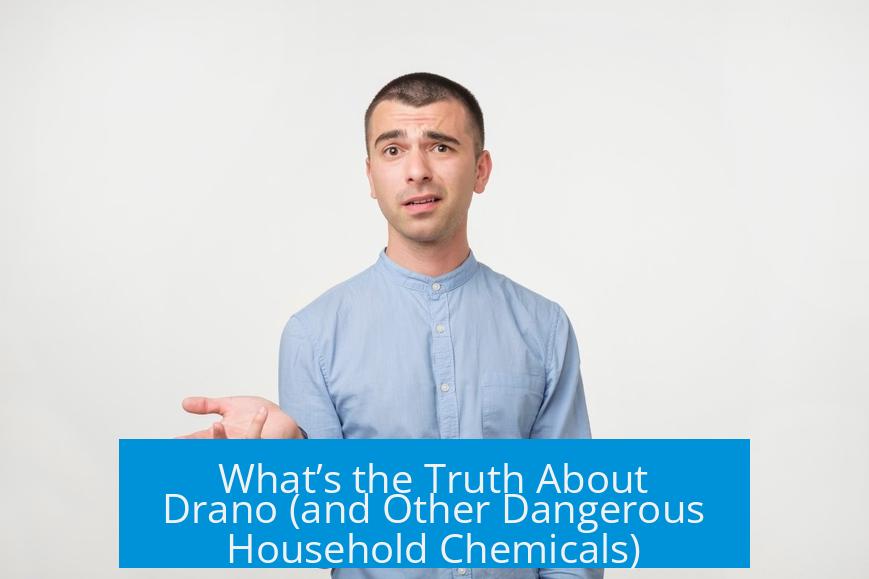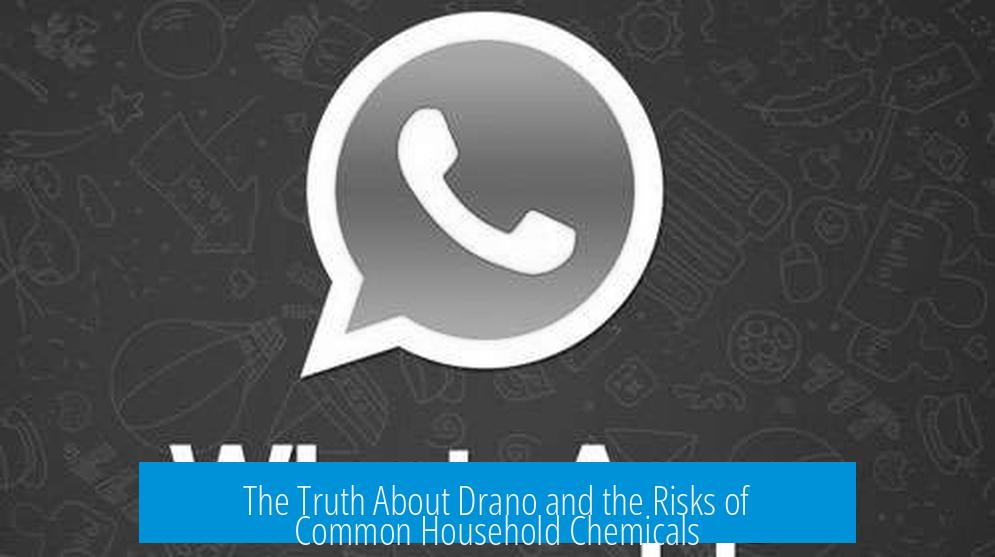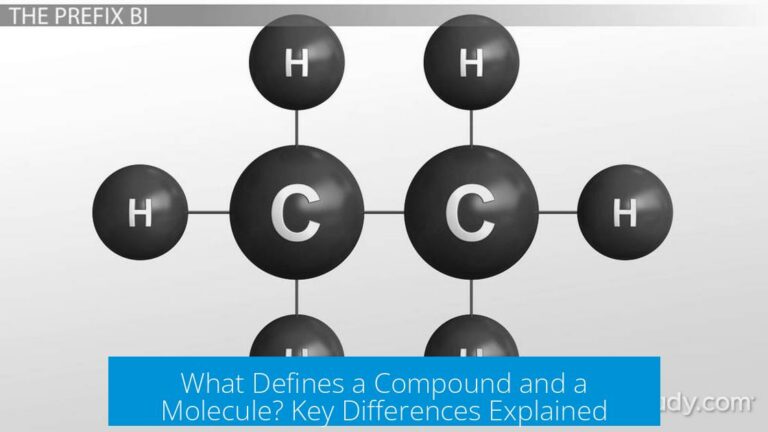What’s the Truth About Drano (and Other Dangerous Household Chemicals)?

Drano and similar household chemicals can effectively clear clogged drains but carry risks, including damage to certain pipe materials and safety hazards, if used improperly. Understanding the chemical effects on various plumbing materials and comparing with other common household cleaners helps users make informed decisions about their use and risks.
1. Impact of Drano on Metal Plumbing Fixtures and Pipes
Drano contains sodium hydroxide, a highly alkaline compound that reacts strongly with organic clogs. However, this same chemical can damage metals.
- Aluminum Pipes: Drano can severely damage aluminum pipes. Even brief contact during normal use risks corrosion and pitting.
- Iron and Nickel-Plated Fixtures: Existing corrosion in older iron pipes can accelerate when exposed to Drano. Nickel plating may also degrade.
- Sodium Silicate’s Role: Sodium silicate, an ingredient in Drano, functions to passivate or protect metal surfaces from corrosion. It forms a protective coating that mitigates metal deterioration.
- Alkalinity and Corrosion Rates: Pure Drano has a very high pH, around 13, due to sodium hydroxide’s strong alkalinity. Yet, it dilutes with water trapped in drains, so the actual corrosion rate varies. The specific metal type also influences this rate. Ultimately, only a limited amount of metal can corrode before damage becomes evident.
2. Effects on PVC Pipes
PVC pipes show greater chemical resistance to Drano compared to metal pipes.
- No Direct Damage: Drano does not chemically harm PVC pipes under normal conditions.
- Heat Generation Risk: The sodium hydroxide in Drano reacts exothermically with water. If a large amount of Drano contacts a small volume of water, this reaction can generate significant heat.
- Heat and PVC Pipes: Excessive heat risks softening the PVC material, especially near pipe joints, potentially weakening connections or causing deformation.
3. Effects of Household Bleach on Plumbing
Household bleach, primarily sodium hypochlorite, differs chemically from Drano and interacts differently with plumbing materials.
- Metal Pipes: Bleach can potentially damage metal plumbing fixtures. Unlike Drano, bleach lacks sodium silicate’s protective effect, making some metal more vulnerable.
- PVC Pipes: Bleach does not damage PVC pipes. PVC is generally stable in contact with sodium hypochlorite.
- Uncertainty About Long-Term Effects: While PVC’s caustic resistance is established, its resistance to sodium hypochlorite’s oxidative effects over time remains less certain. However, packaging bottles made from HDPE suggest a degree of stability in similar plastic materials.
4. Effects of Pine-Sol on Plumbing Fixtures
Pine-Sol is a household cleaner with fewer corrosive effects compared to strong drain cleaners or bleach.
- Metal Fixture Risk: Leaving Pine-Sol in contact overnight with brass or nickel-plated brass fixtures may damage protective coatings. Stainless steel generally resists damage.
- Practical Usage: Applying Pine-Sol briefly and washing it off afterwards limits any potential harm.
- Minor Effects on Other Materials: Pine-Sol has little impact on most drain materials and plumbing.
5. Chemistry and Safety Considerations
Sodium hydroxide and sodium hypochlorite, the active ingredients in Drano and bleach respectively, carry inherent risks due to their reactive nature.
- Sodium Hydroxide: A powerful base with high alkalinity, this chemical can cause severe burns on contact and damage surfaces. Some users choose not to keep it at home due to safety concerns.
- Sodium Hypochlorite: As a strong oxidizer, bleach attacks organic matter like hair in drains but can also oxidize metal surfaces. Corrosion behaviors depend on the material and can be understood through Pourbaix diagrams, which chart stability under different pH and potential conditions.
- User Perspectives: Despite risks, many users continue to use these chemicals for practical reasons. Some report escalating to stronger chemicals like sulfuric acid when initial methods fail, demonstrating a willingness to assume known hazards.
- Skepticism on Expertise: Users sometimes express distrust of academic opinions, preferring direct experience with these chemicals over theoretical warnings.
6. Miscellaneous Chemical Questions
One recurring question regards glycolic acid’s presence in bleach formulations.
- Glycolic Acid Function: Glycolic acid may be added to household bleach to stabilize the solution or adjust its pH for effectiveness. It can also act as a mild chelating agent, helping control metal ion-related reactions. However, typical household bleach formulations often do not include significant amounts of glycolic acid.
Summary of Key Points
- Drano damages aluminum and iron pipes but does not chemically harm PVC; heat from its reaction can soften PVC if misused.
- Sodium silicate in Drano helps protect metal surfaces from corrosion but only to a limited extent.
- Household bleach can corrode metal fixtures lacking protective coatings but is safe for PVC pipes.
- Pine-Sol poses minimal risk to plumbing when used properly but may damage brass fixtures over prolonged exposure.
- Sodium hydroxide and sodium hypochlorite are hazardous chemicals requiring cautious handling.
- User experience often balances against theoretical risks; practical outcomes shape usage habits.
Does Drano damage metal plumbing pipes like aluminum or iron?
Yes, Drano can severely damage aluminum pipes and may worsen corrosion in old iron pipes or nickel-plated fixtures. It contains sodium silicate, which helps protect metal but damage still occurs due to its high alkalinity.
Is Drano safe to use on PVC pipes?
Drano does not harm PVC pipes under normal conditions. However, if used with too little water, the heat from the chemical reaction can soften PVC, especially near joints, potentially causing damage.
Can household bleach damage metal and PVC plumbing?
Bleach may damage some metal plumbing parts since it lacks protective additives found in Drano. It does not damage PVC pipes, though its effect on PVC’s resistance to bleach is not fully certain but generally considered stable.
Does Pine-Sol harm metal plumbing fixtures or drains?
Leaving Pine-Sol in a drain overnight could harm brass or nickel-plated brass fixtures if their coatings are damaged. It has little effect on stainless steel and usually causes minimal damage if rinsed promptly.
Why is sodium hydroxide in Drano a concern for safety?
Sodium hydroxide is highly alkaline and can cause chemical burns and corrosion. Some users carefully manage risks, but experts recommend caution due to its strength and potential damage to plumbing and skin.





Leave a Comment